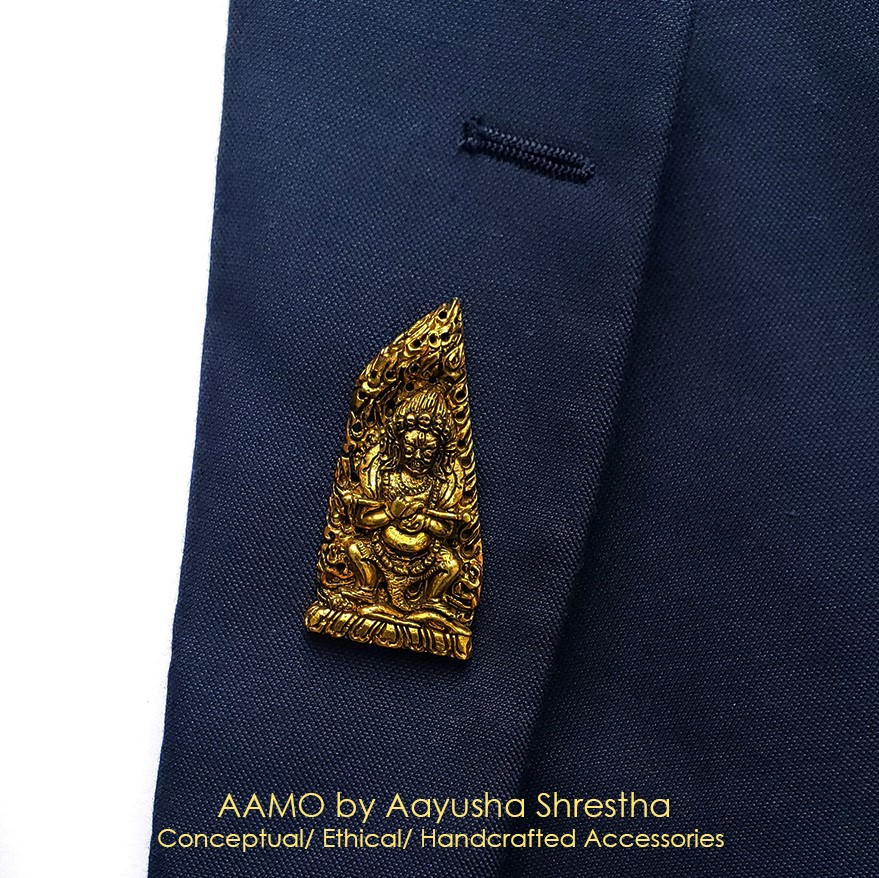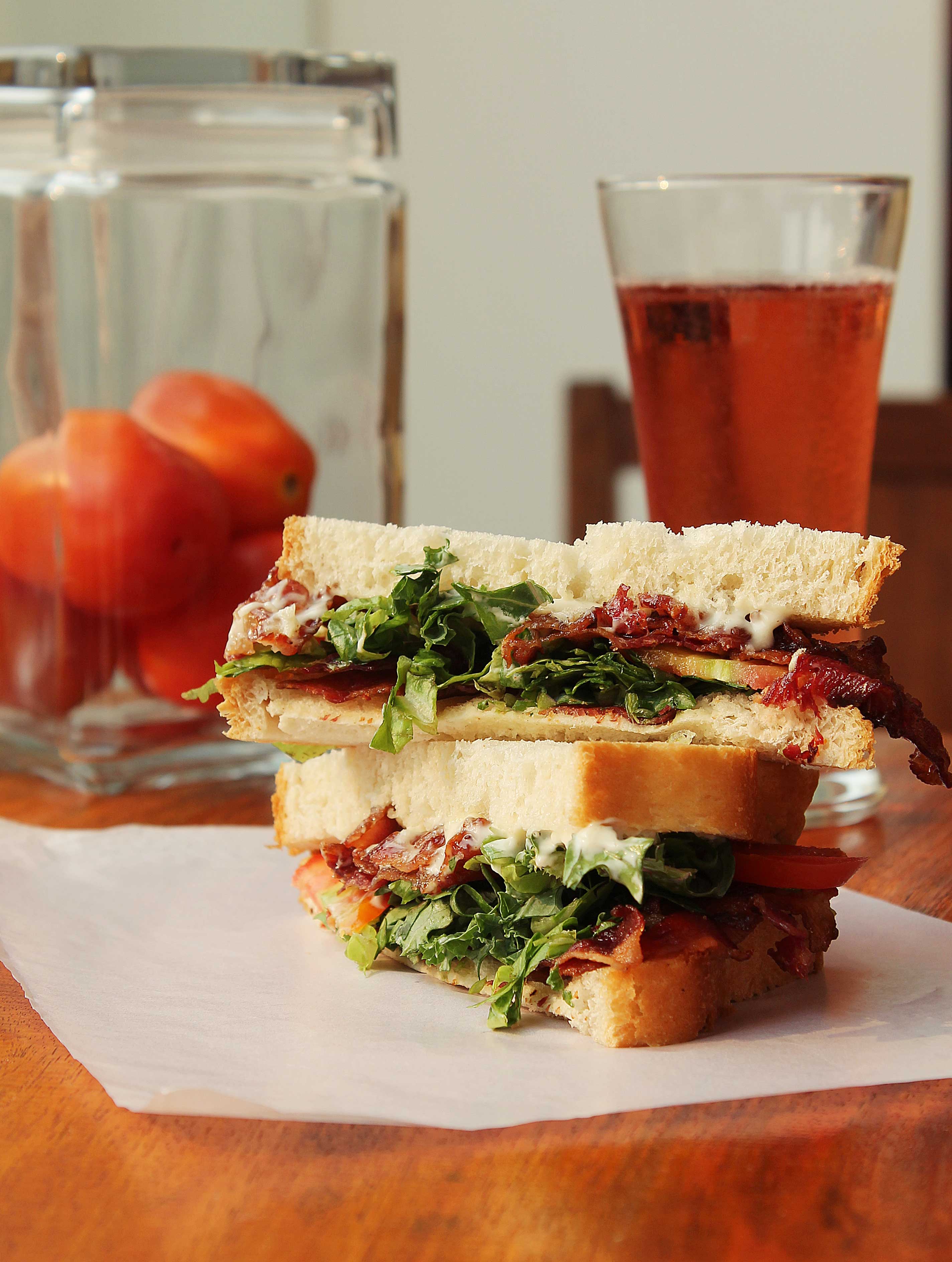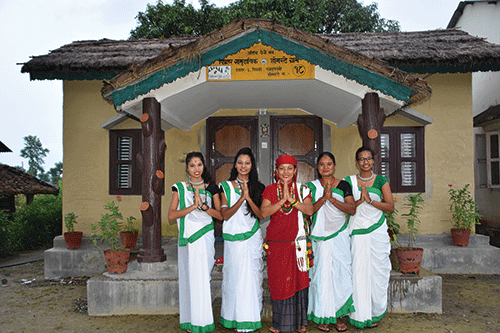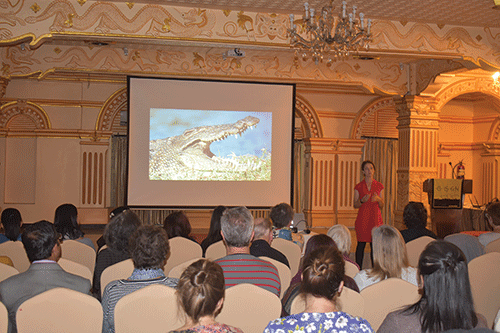Through the ages, human beings have shown a special interest in intoxicating substances, and derived pleasure in delveloping into other worlds in their experiments with new materials, which they had discovered. To enjoy them, they have felt the need for a variety of devices. One of these devices is the hookah also known as water pipe and hubby-bubbly. Hookahs were first used five centuries ago, and are a device still employed today-though not so commonly.
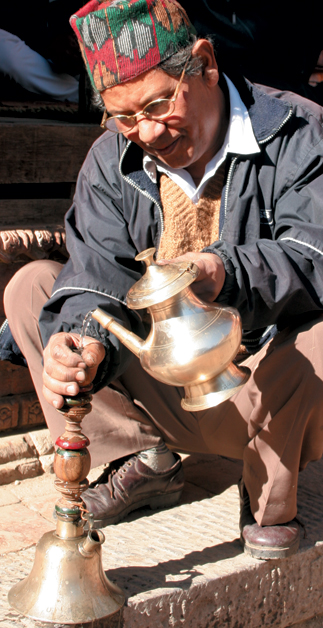 Hookah, it is believed, was first used in India. They then spread to the countries of East Asia, the Middle East, especially Persia, North and East Africa, and all the way to the Ottomans. In each country it has been subjected to various changes, until it finally assumed its present form. Called various names in each country where it is employed, the term is actually of Persian origin.
Hookah, it is believed, was first used in India. They then spread to the countries of East Asia, the Middle East, especially Persia, North and East Africa, and all the way to the Ottomans. In each country it has been subjected to various changes, until it finally assumed its present form. Called various names in each country where it is employed, the term is actually of Persian origin.
The Persians saw this device and liked it, and they developed it even further, adding a number of parts. The body, which originally consisted of a coconut shell and then a gourd, was replaced with a porcelain flask, and instead of the straw, they introduced a soft and flexible part, which resembled a hose. This new addition was much more practical. They called it marpic, which in Persian means “snake coil.” Around that time, tobacco was discovered and with the beginning of its use as an intoxicant, the Persians experimented with the substance. They developed a tray to be placed above the body, which would hold the tobacco. Made of bronze to ensure its strength, this tray was given thename ser, which means “head”. The precursor of the hookah is the narcil, a type of coconut, which grows commonly in India. The inner meat of this nut was removed and the shell pierced, after which a straw was stuck inside. The resulting “device”was the first simple form of the modern hookah. It was from the name of this nut that this device was also called narcil. Subsequently the device reached Egypt by various routes where its form was somewhat changed. For example, the body was made from a gourd (plants related to pumpkins) rather than from a coconut shell.
The Ottomans made hookahs according to their own tastes, and made them more useable. They placed a bowl of baked clay above the “head” and added a mouthpiece to the portion of the hose, which enters the mouth. The body was made of glass, crystal, rock-crystal, porcelain and even silver. To the heads, which they made of brass and silver, they added a pipe holder, which was decorated at their extremities with plant motifs and carvings. (Hookah History).
There were considerable differences in terms of manufacture and decoration between the hookahs employed by ordinary people (the “commoners”) and those by the upper classes. In particular, the jeweled hookahs decorated with precious stones and manufactured to order for the palace are worthy of artistic acclaim. On the contrary, the hookahs used by the common people were quite plain, and some were manufactured with two or three hoses and used by several people simultaneously.
Hookah history and stories unravel and Nepal is no exception. It has a unique story to tell.
As we sat close to the Patti (the front of a house made for communal seating/gathering), wrinkled old men with twinkling eyes and youthful vigor gathered for a hookah session. Other accessories for the session consisted of drums and clap bells. This gathering usually took place every evening depending on availability and timing of those involved. As water is poured through a cylindrical pipe, others busy themselves by cleaning the clay holders and readying tobacco. Dark brown tobacco premixed with sugar is then placed upon a miniature clay cup, which is turned upside down on a larger clay cup. Lit charcoal is now dispersed over this tobacco-in-clay combo and a hookah session begins amidst songs, laughter and many toothless, happy grins. Singing is of a religious nature and consists of devotional songs (bhajans). Initially, these hookah sessions were confined to kings and their courtiers, but later became part and parcel of daily life amongst the common people as well. Needless to say, the tradition of smoking stretches back centuries and the design and use of hookahs has remained almost unchanged in Nepal.
The tradition of hookah smoking in Nepal has some interesting aspects. “Womenfolk and those mourning a death in the family generally smoke the hookah without using the pipe”, says one of many ardent smokers at the Patti. “They lift the hookah by its bottom curvature and inhale smoke through its opening instead of using a pipe and making it impure.” The idea of purity and impurity is mutually respected amongst smokers and does not become a basis for discrimination. It is merely followed as a tradition. Hookah smoking and the values that go with it have many global similarities. They are offshoots from the same cultural root, smoked in slightly different ways but they bear some acute value based similarities that cannot go unnoticed.
Because of the conservative nature of Persian and Middle Eastern cultures, women were usually left at home to do housework and to take care of their children. For this reason, the hookah became a preferred means of relaxation for housewives, primarily because of the superiority of the hookah to the cigarette. Also, it must be taken into consideration that the majority of the women living in the region during this particular period were allotted more time to actually take part in hookah smoking. For guest entertainment, the hookah and its liquid counterpart (usually coffee or tea) served as a stimulant for political discussion and intellectual conversation.
The hookah consisted of several sections; the pipe, the head, the body, the hose, and the mouthpiece. The pipe was outside the hookah and located at its highest point. It had a plate with holes in it and was made of potter’s clay. The head was a piece between the pipe and the body. It was made of hard materials in order for it to be resilient. The upper portion was shaped so as to hold the pipe, and this part was decorated with carvings. The head was generally made of brass, copper, or bronze. Only very special ones were made of silver. Near the point where these are connected to the body, there is a nipple-like protrusion onto which the hose was attached ed. The hookah bottle, or body, was most often in the form of a pitcher with a narrow neck and broad belly. Though originally made of a coconut shell and even from gourds, these were subsequently made of glass, china, ceramics, porcelain, rock-crystal, and metals, including silver. The decorations on the hookah bottles made of crystal and cut glass (during the Ottoman period) are in themselves masterworks of art. Nowadays, only plain, ordinary glass is employed, and little attention is given to decoration. The hookah bottle holds water, and there is a thin hose that descends from the pipe. Thanks to this hose, the smoke coming in is filtered somewhat in the water and at least some of the nicotine from the Persian tobacco is eliminated. The hose is a flexible tube capable of being bent every which way and is attached ed to the nipple-like protrusion on the upper portion of the head connected to the body. This serves to conduct the smoke cleansed in the hookah bottle to the mouth. Eventually the hookah became a symbol of elitism and stature. The design of the hookah completed its evolution during the 17th century, reminiscent of the design that we find on the shelves of hookah vendors across the globe today. Though hookahs are used today, they have lost their former importance. Very few people use them for pleasure since their use, preparation, and transportation are not very practical. Nowadays, one sees them being smoked with pleasure in shore-side coffee houses or the up market bars and cafes all over the world, including Kathmandu.
There is a remarkable difference between the way hookahs were traditionally used and how they are used today. It is more evident in Nepal where tradition goes hand in hand with contemporary values and social norms prevalent amongst younger generations. Communal sessions are still prevalent in temple courtyards of quintessential newari architecture but so are sessions in closed confines like Les Yeux and Tantra. Both are located in inner Thamel, Kathmandu’s tourist hub. Their flavored tobaccos include apple, strawberry, mint, sweet melon, cappuccino, cherry, cola and grapes. Tobacco for traditional hookahs are easily available in Nepal and are relatively cheap, but for contemporary hookahs, the tobacco has to be imported from a Middle Eastern country usually Qatar or U.A.E (United Arab Emirates). This makes contemporary tobacco more expensive and eventually up market unless you happen to be in the Middle East. Les Yeux houses Egyptian hookahs and you can smoke an entire session for NRs. 200/-. “One session is sufficient for nearly five people and evenings prior to dinner can be the most appropriate time to smoke,” recommends Gopal Bahadur Shah, Manager at Les Yeux.
Typically, as with most things, traditional hookah smoking has its own set of rules and etiquette. Don’t forget some of these.
- Dress nicely.
-
Keep the hookah on the floor for practical purposes.
-
Hold the hose and mouthpiece with your right hand, as the left hand is viewed as being unclean in some cultures.
-
When passing the mouthpiece, pass it with your right hand, and make sure the face of the mouthpiece is facing you. If the mouthpiece is facing the recipient, this can be viewed as a sign of disrespect.
-
When lighting the coal, hold it in midair with the tongs. It should spark for a few seconds. After the coal has finished sparking, place it back down on top of the tobacco.
-
If there is a multiple-hose hookah, the individuals who are not presently smoking should plug the ends of their mouthpieces with a finger. This way, those smoking the hookah don’t suck in air.
-
Every now and then, remove the coal from the top of the hookah and tap it down a few times on the ashtray. Place it on top of the aluminum separating the coal from the tobacco in a different spot relative to where it sat before.
-
Don’t smoke cigarettes in a hookah cafe unless ashtrays are provided.
-
Don’t light cigarettes on the coal.
-
Don’t ash cigarettes in the coaltray.
-
Don’t blow smoke in anyone’s face.
-
When finished with the hookah, wrap the hose around the marpuc, the metal stem.
Enjoy and eat well. Dinners can be very enjoyable and fun after a hookah session.


